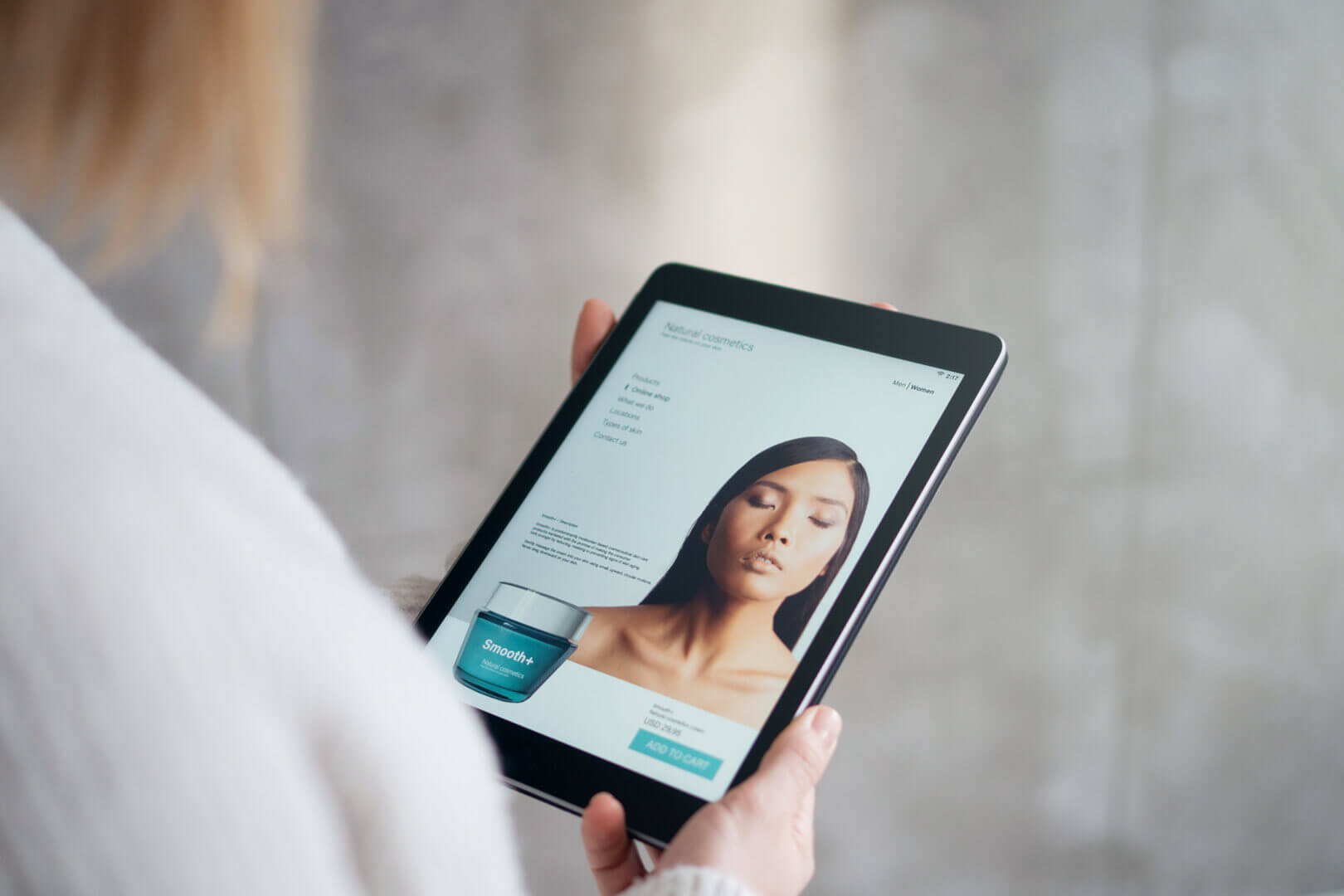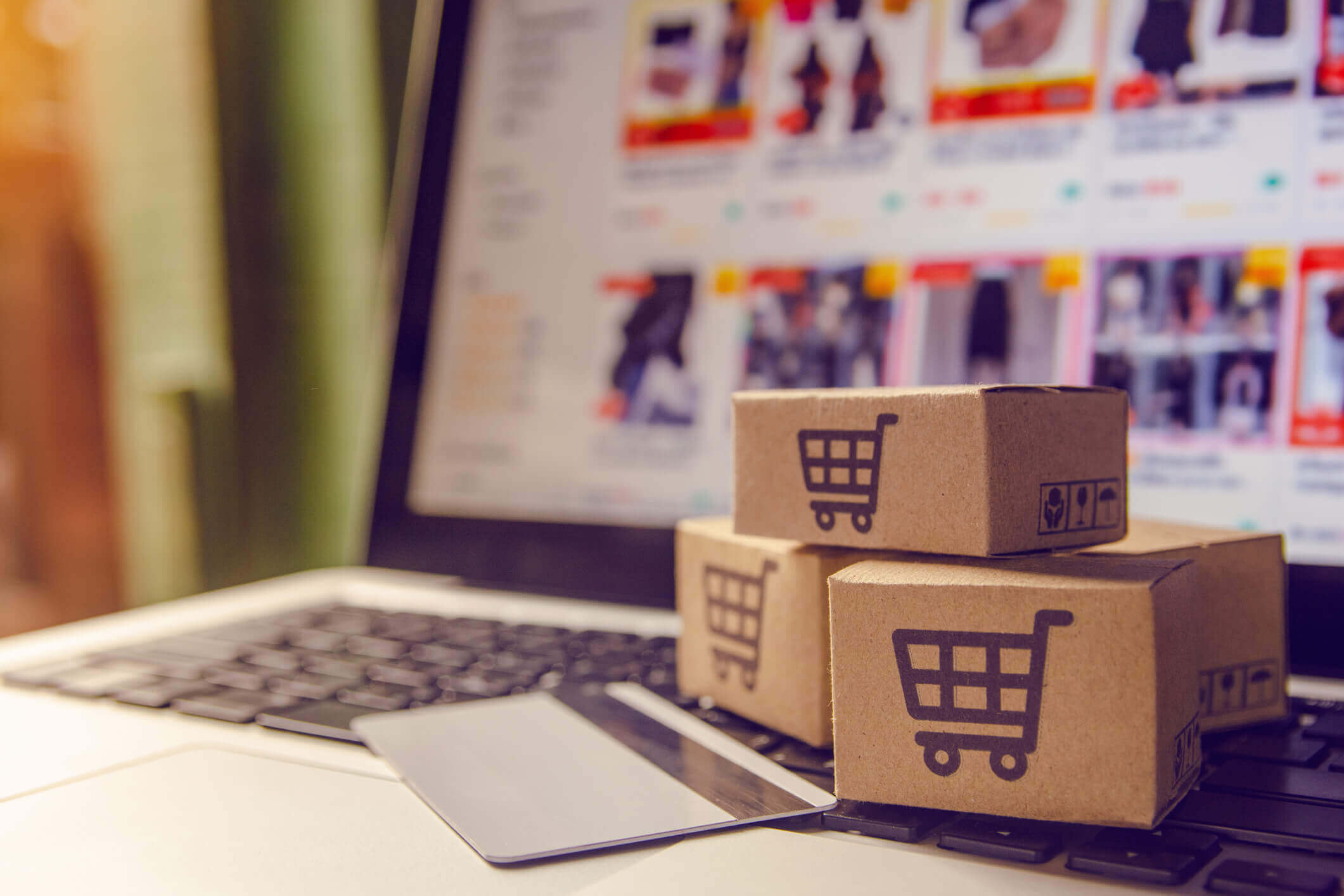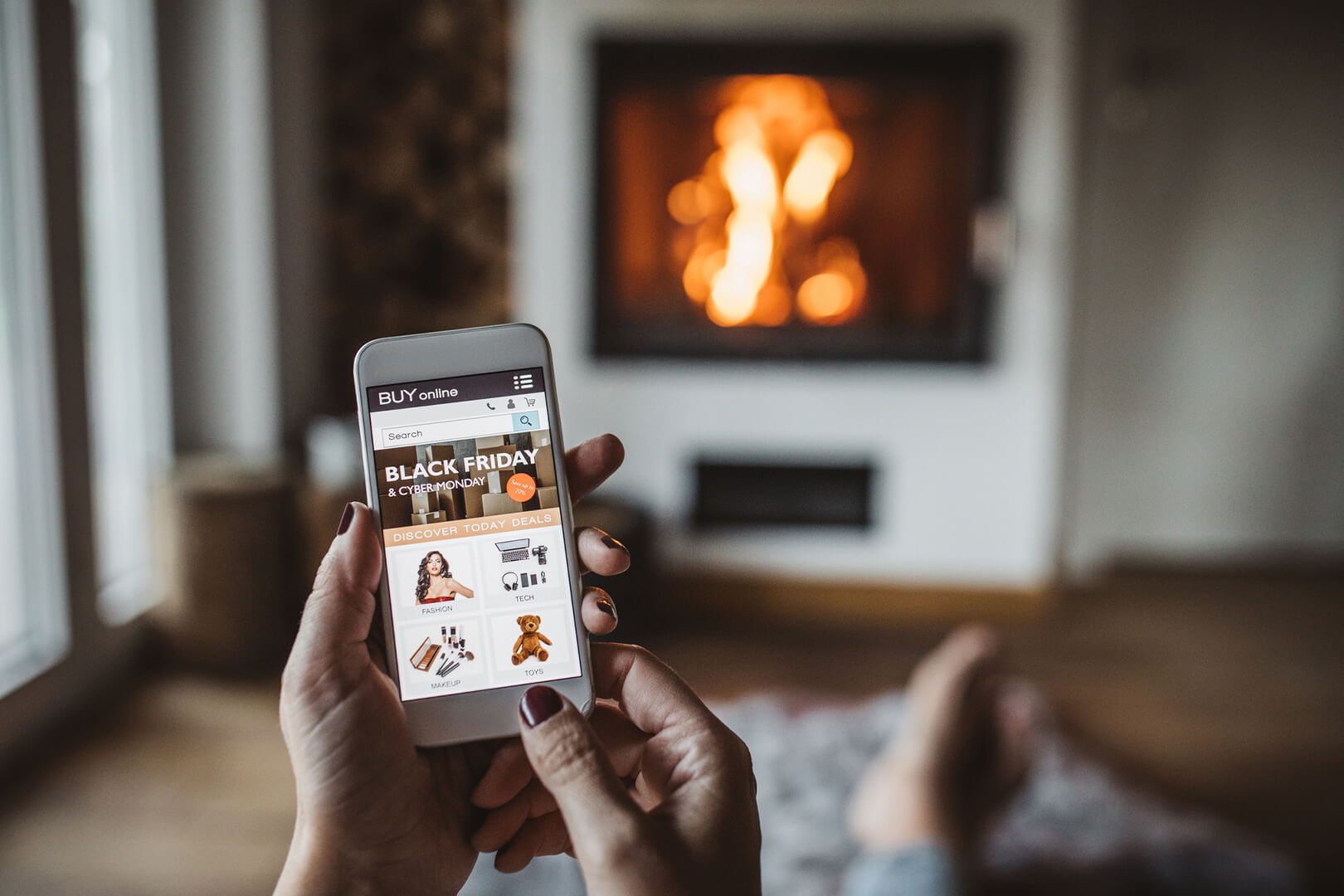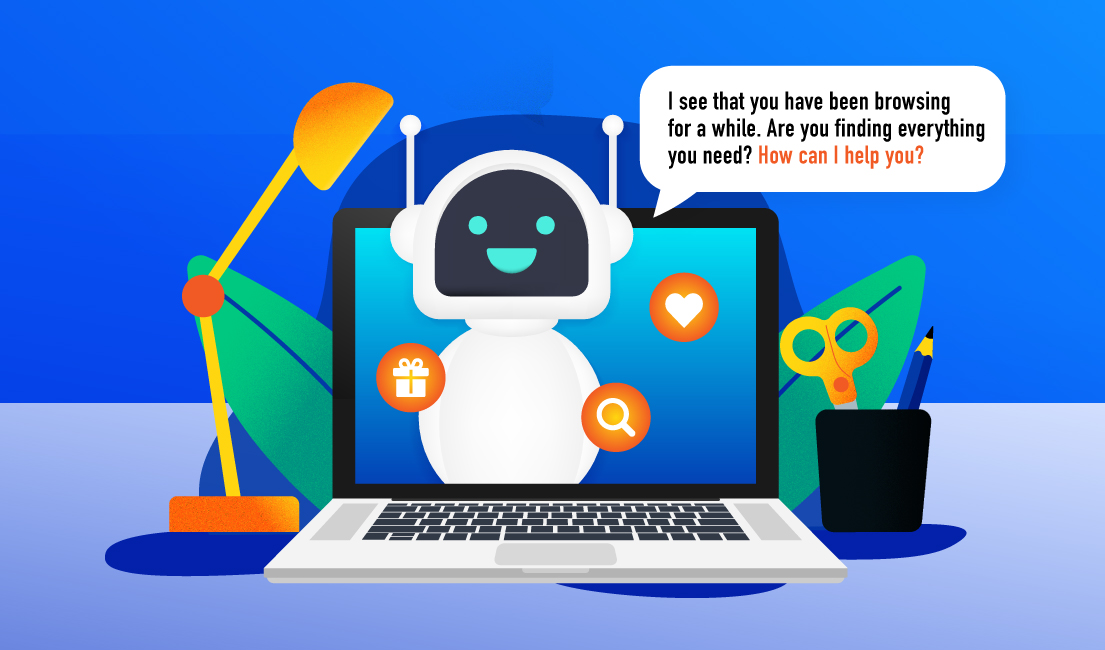5 min read
What do well-known brands like Look Fantastic, Sky, InterContinental Hotels and Amazon have in common? They have all successfully used upselling as part of their marketing strategy to drive revenue.
While upselling, or offering customers a more expensive or upgraded version of an existing product, is common practice, getting the most from it requires the right tactics.
Instead of trying to win a new customer over, upselling targets people who have already bought your products or services. This means the attracting and convincing part of the sale is done, and you only need to give them a small push from buy to buy better, reducing marketing spend and increasing customer lifetime value.
Not only is upselling more affordable than acquiring a new customer but also, according to Forrester, product recommendations are responsible for 10 to 30 percent of e-commerce site revenue . Even if you are only adding an extra dollar to each purchase, the profits add up. When done right, it should also feel like a win for customers.
Check out these best practices you can apply to elevate your upselling game and maximize profits.
1. Map the Customer Journey
The more you understand your existing customers, the more value-driven your upselling efforts will be.
Firstly, combine your customer data from multiple channels to develop a 360-degree customer view. This data includes every interaction they have had with you as well as their personal and demographic information.
Secondly, by crunching this data using artificial intelligence (AI), you are able to better understand customers’ behavior and preferences at each touchpoint throughout the customer journey , and align your upselling efforts to what products they like to buy, when and where they are most likely to purchase.
You can also tailor your product recommendation to specific customer milestones. For example, when they have been a customer for a year or reached the next level of their member status.
2. Use Content to Grow Trust and Connection
No one likes a pushy salesperson. Upselling can be less like a sale and more like a value-add if you put in the effort to position yourself as a trustworthy, helpful brand.
You can do this by sending relevant, useful, or educational information on their previous or current purchase, such as tips, how-to videos and progress reminders. This can help build those deeper connections.
3. Personalize Upselling to Customer Goals
Every customer is unique, so don’t try to sell everyone the same product. Instead, offer personalized recommendations based on what data tells you about their past purchases, current and future needs, and interests outside your channels.
For example, if a customer is buying a standard watch and your data suggest fitness is a goal, upsell them a watch that tracks health and workout stats. The more you personalize your recommendation, the more value you can add and profits you can generate.
4. Make Buying As Easy as Possible
Providing an easy and seamless user experience is just generally a good practice. What does “easy and seamless” look like in upselling?
Make sure your recommendations are specific and tailored to a customer’s current needs. Based on the insight gained from AI-powered journey mapping, you are able to send those recommendations through their preferred channel when they are already expecting to make a purchase.
In addition, add individual CTA buttons for each item, making it easier for the customer to narrow down what they want to add. Last but not the least, consider where each CTA directs the customer, and simplify the steps they need to take to finish the purchase.
5. Be Sensible With Your Pricing Upgrades
While upselling is about getting customers to buy at a higher price point, it is not a good idea to make the difference between the product they were going to buy and the upgrade too big. If they had an amount in mind, too much more may seem like a bad offer or be out of budget.
E-commerce platform Shopify suggests that the sweet spot is 25 percent more than the original product while others say it can be up to 40 percent .
6. Provide Product Comparisons
A comparison is one of the simplest ways to demonstrate the value of a higher priced product and encourage the conversion.
For example, Sky displays capabilities and download speeds alongside different broadband packages, while Apple lists the spec and features of different MacBook models side by side. This saves customers from having to go back and forth to each product page.
7. Pick Products with Social Proof
Not only can social proof be powerful in getting that first sale, it can also be an important motivator in upselling. By showing the product you are recommending is a best-seller or popular choice among other customers who were happy with their upgrade, it can reduce hesitation and make the decision easier.
8. Add Urgency to Your Offering
Add a sense of urgency to your upselling recommendations by offering a limited-time discount, prompting the customer into action. You can also enhance this with language such as “Hurry” and urgent colors such as red.
An alternative is to offer the option of free shipping on items over, say US$100, making an upselling offer that falls into this price range more enticing.
The key to upselling success is not only what you offer, but also how you sell it. By using data to personalize your upselling product recommendations along with the other tactics outlined above, you can encourage more profitable purchases that feel like value-add rather than a hard sale.
* Do you want to maximize your upselling efforts? Contact our team today to find out more about how our AI solutions can help you make better upselling decisions.



